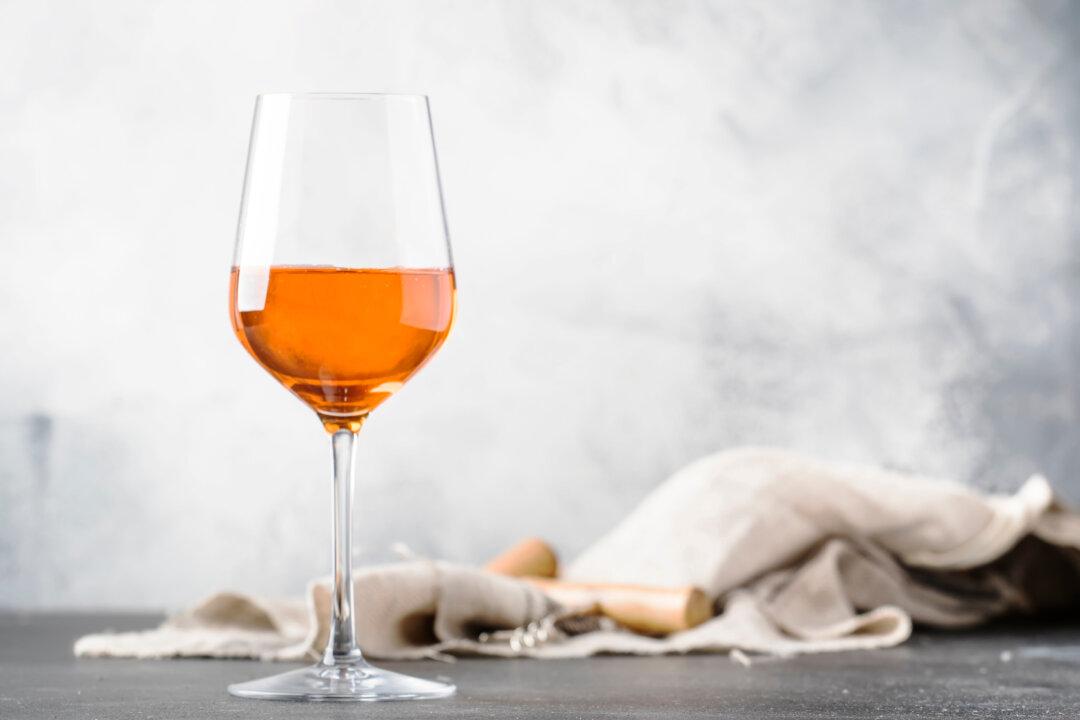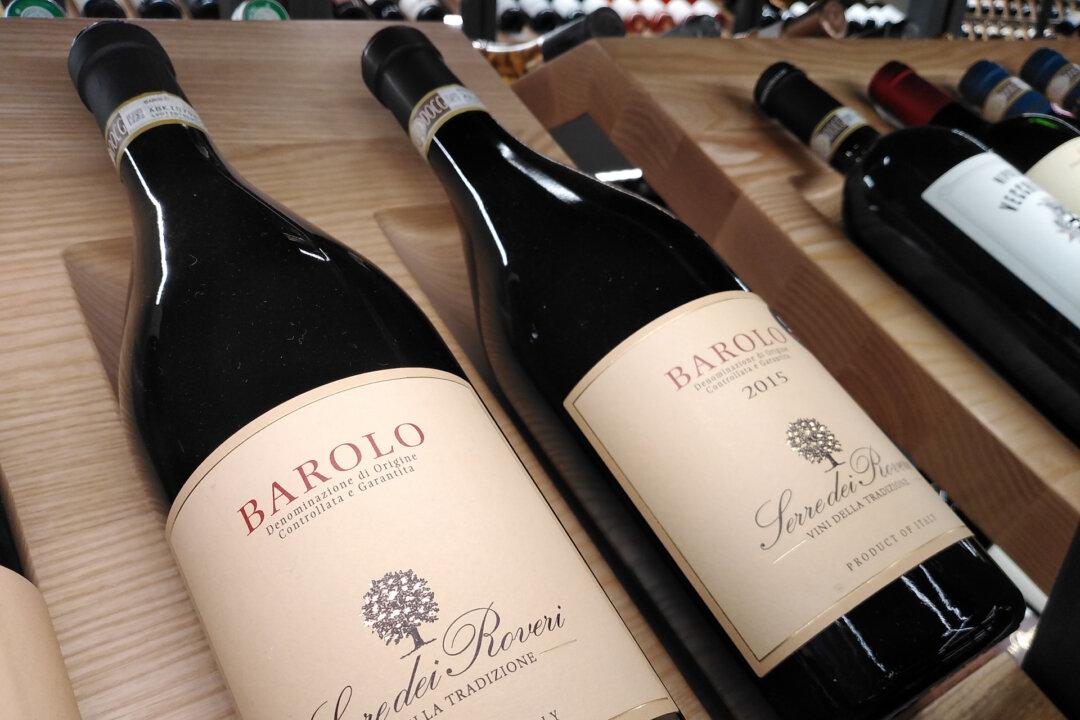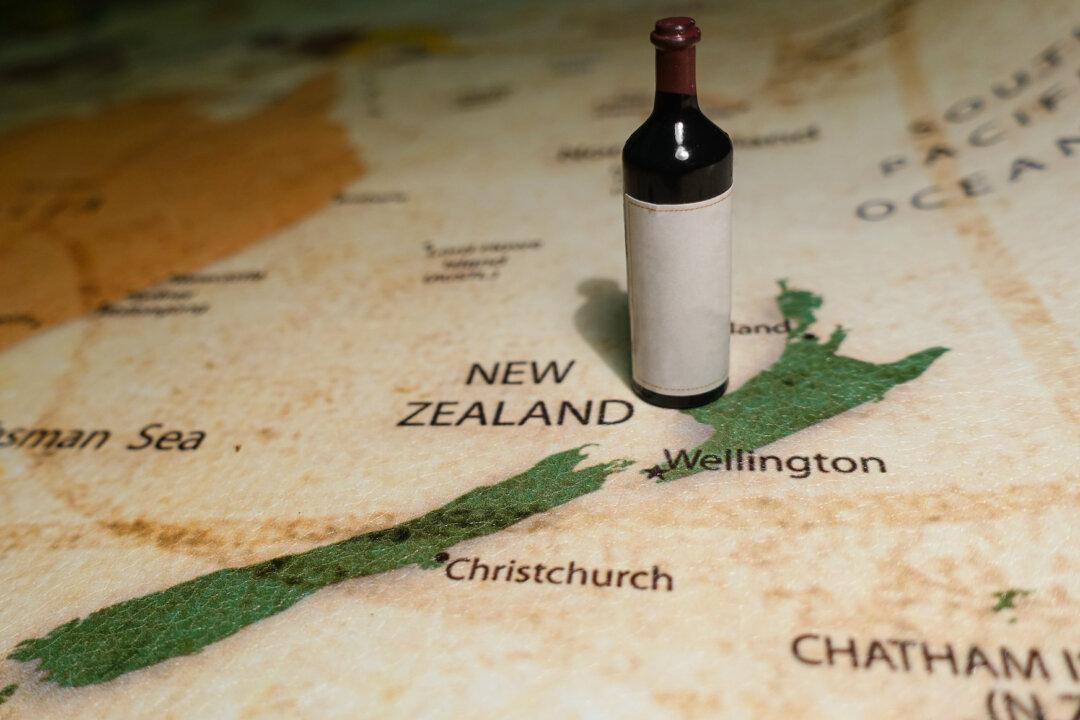“Like fine old wine.”
We’ve all heard people use versions of this timeworn saying, which suggests that the aging of any wine improves it. That may be true for about 1 percent of the wines in this world, but it has sad consequences for the other 99 percent.
Most of the wines we drink tend to be young and fruity—and it’s that very fruit that we all cherish. We speak of chardonnay’s bright citrus, gewurztraminer’s spiciness, riesling’s apple-y/floral sprightliness, and sauvignon blanc’s herbal freshness.
Too much age will diminish those elements.
Though it’s true that some of these wines will improve in the bottle, most people still appreciate wine in its youth—especially those wines that are reasonably priced. That includes the most interesting aromatics and flavors that we find in red wines.
A few red wines do benefit from time in the bottle, which creates the multiplicity of flavors that wine collectors cherish in mature wines. But most wine drinkers prefer to drink wines that are youthful.
Occasionally someone asks me if a particular older wine is “ready to drink” or “over the hill.” In most cases my first assessment is of the person asking the question. If it’s someone under the age of 35, my reaction usually is, “It’s best to drink it as soon as possible.”
Although I love the complexity that comes with aging many different wines, I realize that it takes a learning curve to appreciate older reds and especially older whites. In most cases, younger consumers haven’t yet reached that level of sophistication where they can appreciate maturity.
Here are a few examples:
Chardonnay: Aging wines made from this popular grape is probably not a good idea, though a few examples can prove to be fascinating and/or extraordinary a few years down the road from their vintage. I generally suggest drinking them as young as possible.
Sauvignon Blanc: Most of the best wines made from this variety are at their peak of freshness as young as possible. Still, a few dry versions (such as those from the Napa Valley or the Loire in France) can take on bouquet aromatics that make them fascinating as old as 10 years or even older.
Pinot Gris: Almost all of the wines that carry this designation on their labels are made to be enjoyed when very young. Unknown to most people (including some so-called experts) is that this variety ages nicely for a few years beyond the vintage. Three or four years after the harvest date, pinot gris’s aromatics will change, but the wines may actually display fascinating characteristics.
Cabernet Sauvignon: Fine examples of this wine often improve with a few years in the bottle, and some of the finest cabernets in the world require 20 years or more! But if you spend $10 to $20 for a bottle, it probably wasn’t intended for long-term storage.
Merlot: I like this medium-weight grape variety, especially when it’s grown in cooler climates. Then, depending on its acidity, it may improve for several years after its vintage date. Inexpensive versions, however, probably are best as young as possible.
Petite Sirah: This typically dark red wine is either blessed or cursed with significant amounts of tannin, which allows it to age nicely for at least a decade. Even inexpensive versions can improve, with the wine taking on sublime elements.
Syrah, Malbec, Zinfandel, Grenache, Pinot Noir: All five of these red wines can benefit from some time in the bottle, but as with any red wine, they are usually at a peak of development sooner than later.
The more you age any wine, the more it diverges from what it originally was. And although the diversity among all these different varieties can be fascinating, most wines never retain much if any of the original fruit components that were available in their youth.
In general, most wines are best younger than older.
Wine of the Week
2019 Frescobaldi Chianti “Castiglione” ($16): There’s no real need to age this lovely classically styled red wine from Tuscany because it already has a perfect affinity for red-sauced dishes. The aroma is classic Chianti with red and plum fruits and a trace of forest-y complexity. The flavors are Tuscany personified with ample acidity to work with lighter meat dishes like Bolognese pastas.




